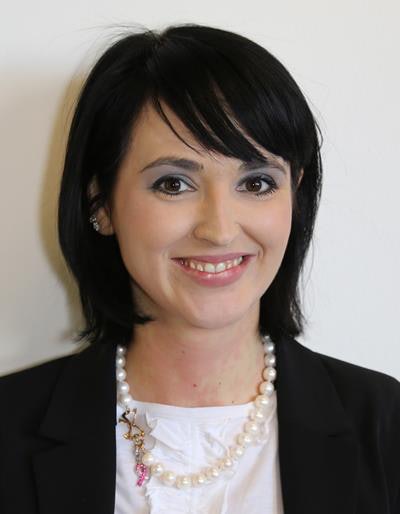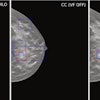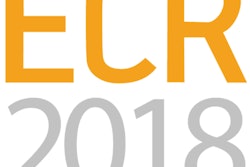
The average size of breast tumors has increased significantly since 2001, and this may reflect declining screening rates, researchers reported at the European Breast Cancer Conference in Barcelona, Spain. The finding is in stark contrast to the 1980s and 1990s, when the average size of tumors decreased dramatically.
The group from the U.K. scrutinized more than 350,000 women from the 1980s to more recently. The researchers categorized the women by age and tumor size, finding tumor size has increased.
"If this is followed by a deterioration in breast cancer mortality rates, it would strengthen the argument for screening programs to continue," noted lead study author Dr. Manon Jenkins and colleagues from Weston General Hospital in Bristol. "On the other hand, if declining screening rates are not followed by a rise in breast cancer death rates, it probably signals that advances in treatment are the main reason for the improvement in breast cancer mortality."
Bigger is not better
Breast cancer screening aims to detect breast tumors at a smaller size when they are more manageable and associated with a better prognosis. If that's true, the number of large cancers among women who are offered screening should fall and mortality should also decline, the authors explained.
Jenkins and his colleagues included 386,454 women in the U.S. diagnosed with breast cancer between 1983 and 2014. They categorized the women according to when they were diagnosed and their age at diagnosis. For each group, they calculated the average tumor size allowing them to see how this has changed in different age groups over the decades since screening was introduced.
Average tumor size decreased by 23% over the 32-year period, from 26 mm to 20 mm, but the trend was not consistent over the years and varied according to the women's ages, they found.
When breast screening was introduced in the early 1980s, the average size of breast cancers fell sharply. In women between the ages 70 and 74, the average size of tumors declined by 27%, but in women ages 85 and older, tumors declined only 10%. Average tumor size in these older women, who are less likely to be screened, remains the highest.
The researchers discovered an unexpected rise in average tumor size between 3% (in the 75 to 79 age group) and 13% (in the 50 to 54 age group) from 2001 to 2014.
"Rates of breast cancer survival have been improving steadily thanks both to the introduction of screening and to improvements in treatments," Jenkins said. "What we don't know is which has played the biggest role in improving survival. This study suggests that by reducing tumor size, screening provides a platform from which breast cancer treatments might work more effectively."
 Dr. Elisabetta Giannotti. Photo by Christof. G. Pelz.
Dr. Elisabetta Giannotti. Photo by Christof. G. Pelz.Something interesting to study is the biology of the tumor that appears bigger at the diagnosis, not only to know if they are invasive or in situ but also to analyze their biological characteristics, according to breast cancer expert Dr. Elisabetta Giannotti, a consultant radiologist at Nottingham University Hospitals National Health Service Trust (NHS) in the U.K.
"Also, knowing node involvement of these tumors would give us valuable information," she told AuntMinnieEurope.com. "In fact, it has become increasingly clear the biological characteristics of the tumor are more relevant to breast cancer prognosis than the size of the tumor. Tumor size is at best a very crude manifestation of underlying biologic characteristics."
It would be interesting to study the background pattern of the breasts of these patients to obtain information that could be used for moving to a more personalized approached for breast cancer screening, she added.
Next, Jenkins and the team will continue to study this group, comparing the stage of the women's tumors and also looking in more detail at the elderly population.



















